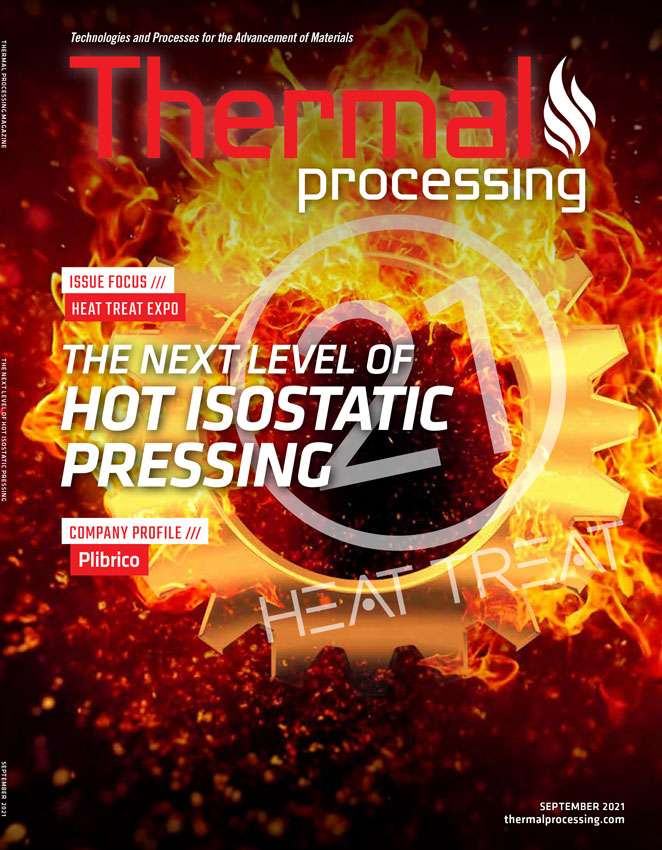
Almost every child who grows up playing sports dreams of being a professional one day and playing on the big stage (instead of going to school to get a degree and then a job in that field). I remember the NCAA commercials when I was in college encouraging athletes to “go professional in something other than sports” because — let’s be honest — not everyone who plays is going to be the next Tiger Woods in golf or Mia Hamm in soccer. Therefore, the sport most of us play each day is that of the industrial athlete. The playing field consists of resumes, interviews, meetings, and reports. The rules concern business, economics, profitability margins, and products that meet quality and consumer expectations. Typically, the game goes on Monday through Friday, with a weekend halftime, and scoring a paycheck every other week, instilling the habit of building a successful team to work and play with every day.
It is a sport that requires a different sort of peak performance, not in terms of pushing human capabilities with a soccer ball or golf club, but more of using a different set of skills carefully and successfully — but often without enough commendation. We tend to envy the yogi who does a split or the professional golfer who wins a major tournament, but overlook the factory worker who splits components with extreme skill and deft use of tools to produce a final part and bring the company successful business for days to come. Desiring recognition of a job well done is not limited to the sports athlete; industrial athletes hone their own skills and also take pride in tasks well done.
In order for a company to succeed, it needs a quality product produced by workers who know their job and take pride in doing it well. The saying, “Just showing up is half the battle,” can be applied to the work environment. Obviously, nothing will get done without employees. So, it’s important to show up to work on time and make the meetings, else you could get fired and the manufacturing process is affected. Of course, physical performance at work goes beyond just showing up. Sure, there is no need to do a certain number of pushups or sit-ups or some sort of somersault before being allowed into the office, but there is a demand physically on the employees and an expectation beyond just the ability to walk around the facility and sit in and get out of your chair.
What is expected physically is the continual awareness of and endurance for the seemingly simple tasks that make up most jobs.
This isn’t to suggest you need to write a report to your boss on how well you sat at your desk prepared for work. No, physical performance at the workplace is more in the awareness of posture, for example, or using proper technique. Work is not a gym. You are not trying to build muscle or working on shaping your body. However, certain factory movements require the human body to move efficiently and quickly and capably to process parts. Awareness of the precision and importance of these movements is key to creating longevity in the sport of showing up every day and participating at work.

It’s an awareness that avoids slouching at your desk after writing a long report or preparing a presentation. It’s the awareness of taking each step walking around the floor, not just for safety of where you could trip, but in presenting confidence of movement.
Today’s top athletes each seem to have his or her own “mental process” for succeeding. I’ve been told company goals are much the same for every employee, and the points of disagreement often lie in the approach to achieving those goals. Disagreements are not typically in the vein of “let’s not ship more product on time” but rather on “let’s get this done” decisions such as running lot A before lot B or changing a temperature or parameter for a trial to dial in the requirements to get something done right. Finding the correct approach to achieve the goal is the area in which employees typically disagree.
Every golfer knows the goal is to get the ball into the hole with the fewest number of shots. Each one will have a different approach to making that happen. They might hit the golf ball left-handed or right-handed. Maybe their shot is a draw or a fade. The technique is up to the athlete — or, in manufacturing, the employee.
I often think back to meetings where I disagreed with someone on my team on how best to get product shipped out the door. I know what they are trying to do is right in their mind, and I am also thinking that my idea is the right way as well. Realizing there are different ways to solve a problem requires a sense of willingness to see the other perspective and be open to criticizing my own. The challenge is to continually work at better understanding myself and others in the context of working together in the constructs of the company.
The point of exercise each day is the test of habit for anything that we do, including our job performance. If we want to get good at a sport, we know we have to practice, study, practice, adapt, etc. At work, we have that same opportunity each day to work on our skills, to make habits that are healthy for the long-term game being played at the company and for our role in achieving good results.
Companies don’t want employees who resemble a wave of New Year’s resolution makers heading to the gym for three months to work out and then giving up. Manufacturers want employees who set realistic goals and who are willing to work consistently toward them. Job performance goes beyond simple objectives to be attained and goals to strive toward. It is the discipline of physical and mental performance every minute of every day, striving to provide products that consistently pass tough specifications. It is the pride industrial athletes take in their work, just as sports stars do with their work.
Work is a place to build a team, to follow the rules, and excel at reaching company and personal goals. This similarity to sports is often not recognized enough in work cultures, and it’s certainly not played out on big time broadcasts each week. The physical and mental performance of employees is as commendable as the efforts of those winning tournaments on TV. Their awareness of solid physical (and mental) posture throughout the day shows confidence and an openness for the idea that goals can have several approaches to success. These are good habits for employees and employers to win at being a good company.


























